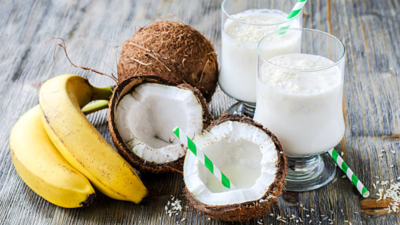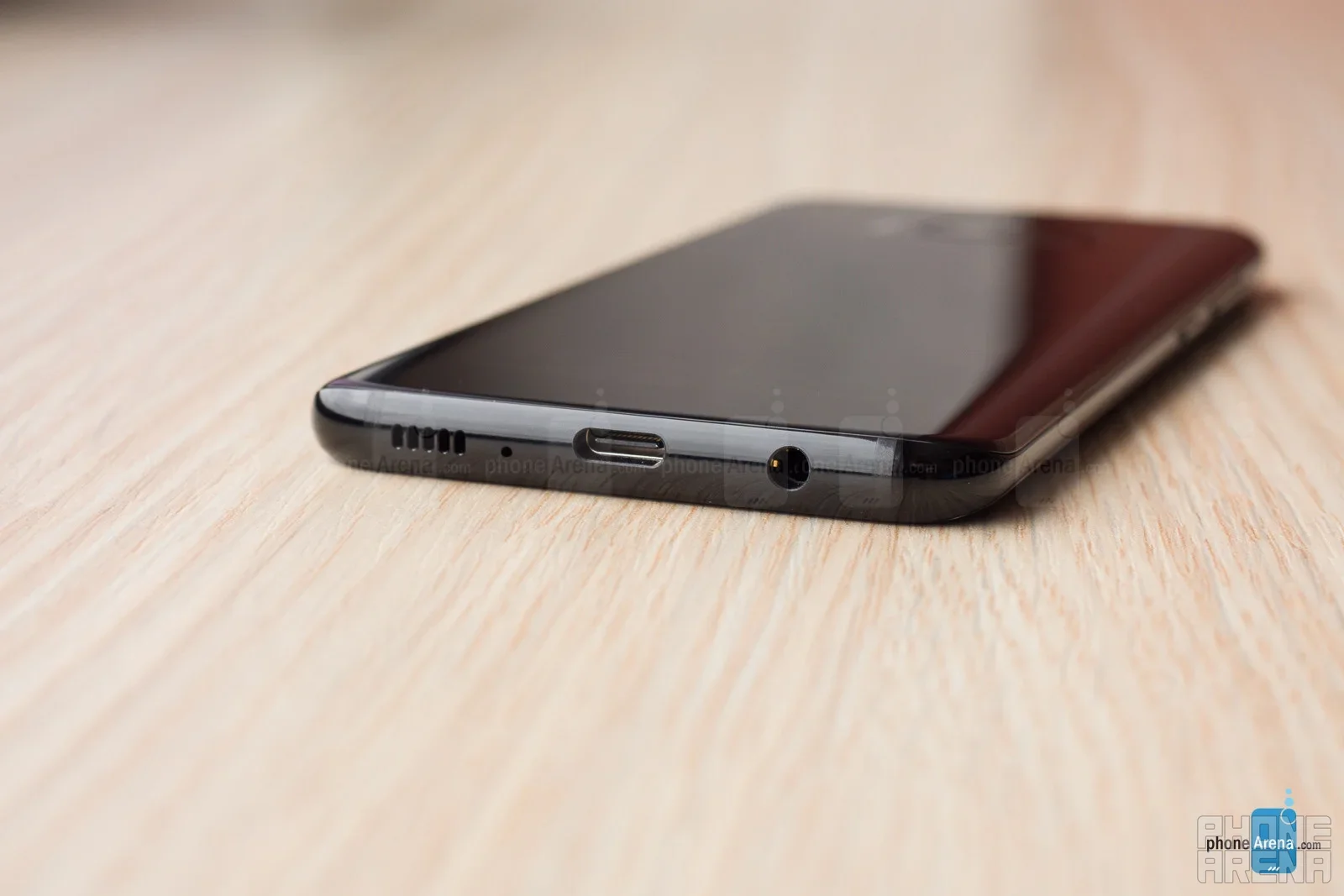If you’re living with kidney issues, chances are you already know your grocery list has to be carefully curated. But one seemingly innocent pair might cause extra trouble: coconut and banana. Why are these two tropical goodies particularly risky—especially when eaten together? Set down that smoothie and let’s break it down.Potassium is an essential mineral your body uses for muscle contractions, nerve function, and keeping your heartbeat regular. Usually, your kidneys keep potassium levels in check by filtering out what your body doesn’t need. But for patients with weakened or failing kidneys, this system gets wonky. Suddenly, even everyday foods can send potassium levels soaring.Bananas are notorious for being potassium powerhouses. A single medium banana boasts about 375–487mg of potassium more than enough to land it on the kidney patient’s “handle with care” list.Coconut especially coconut water and coconut meat might seem like a hydrating, harmless treat. But coconuts pack an impressive amount of potassium too, often flying under the radar. Even a moderate serving can tip the scales.Eating these separately is already risky for many kidney patients. Put them together, and you’ve got a recipe for hyperkalemia that’s a medical way of saying “too much potassium in your blood,” and trust us, it’s more dangerous than it sounds.On this risk factor of kidney, AIIMS doctor Parwez says, “when the kidney doesn’t function properly, potassium elimination gets difficult. When the level of potassium in the blood increases, it increases the risk of heart attack. And in such cases eating high potassium foods like bananas or coconut, or eating them together, can pose a great risk to the body.” In the video, the doctor urges people to refrain from consuming these fruits together and even separately.
What happens if potassium gets too high?
High potassium levels can cause:
- Muscle weakness or cramps
- Fatigue
- Nausea or irregular heartbeat
- Serious heart problems like arrhythmia—or, in extreme cases, cardiac arrest. Not exactly what you want from a fruit salad.
Once your kidneys are struggling, there’s no good way for your body to kick out that extra potassium on its own. So, every high-potassium snack you include adds up—and fast.
Why not just eat a little?
Sometimes folks wonder, “Can’t I just have a little banana and coconut—just a taste?” With kidney disease, even “a little” isn’t as safe as it sounds. There’s no reliable way to predict how much potassium is hiding in a piece of fruit, and your body isn’t very forgiving if you overshoot your daily limit.Plus, the effects aren’t always immediate. Potassium creeps up in your blood, and by the time you feel symptoms, the damage might already be underway.Lots of fruits and veggies carry a health halo, and for good reason. But kidney issues flip the script. Foods high in potassium—including bananas, avocados, coconut water, oranges, tomatoes, potatoes, and spinach—should be limited or avoided if you’ve got chronic kidney disease (CKD).Not convinced? Even recommended diet plans for kidney patients will tell you to steer clear of these two, often skipping them completely from weekly menus.Are there safe alternatives?Absolutely! Swap out high-potassium fruits for lower-potassium ones like:
- Apples
- Berries (strawberries, blueberries)
- Pineapple
- Grapes
- Pears
These can deliver flavor and nutrients without the high-risk potassium spike.Kidney patients shouldn’t just avoid coconut and banana together—they should treat this pair like forbidden fruit. When your body can’t filter potassium, every food choice matters. Both coconut and banana sneak in a hefty potassium punch that your kidneys simply can’t handle, and mixing them multiplies your risk for dangerous complications.So next time a coconut-banana smoothie tempts you, remember: your kidneys will thank you for saying “no,” and there are plenty of safe, delicious options waiting on the next aisle. Consult your dietitian, plan ahead, and keep those potassium numbers in check—it’s the wise (and delicious) choice for your health.








